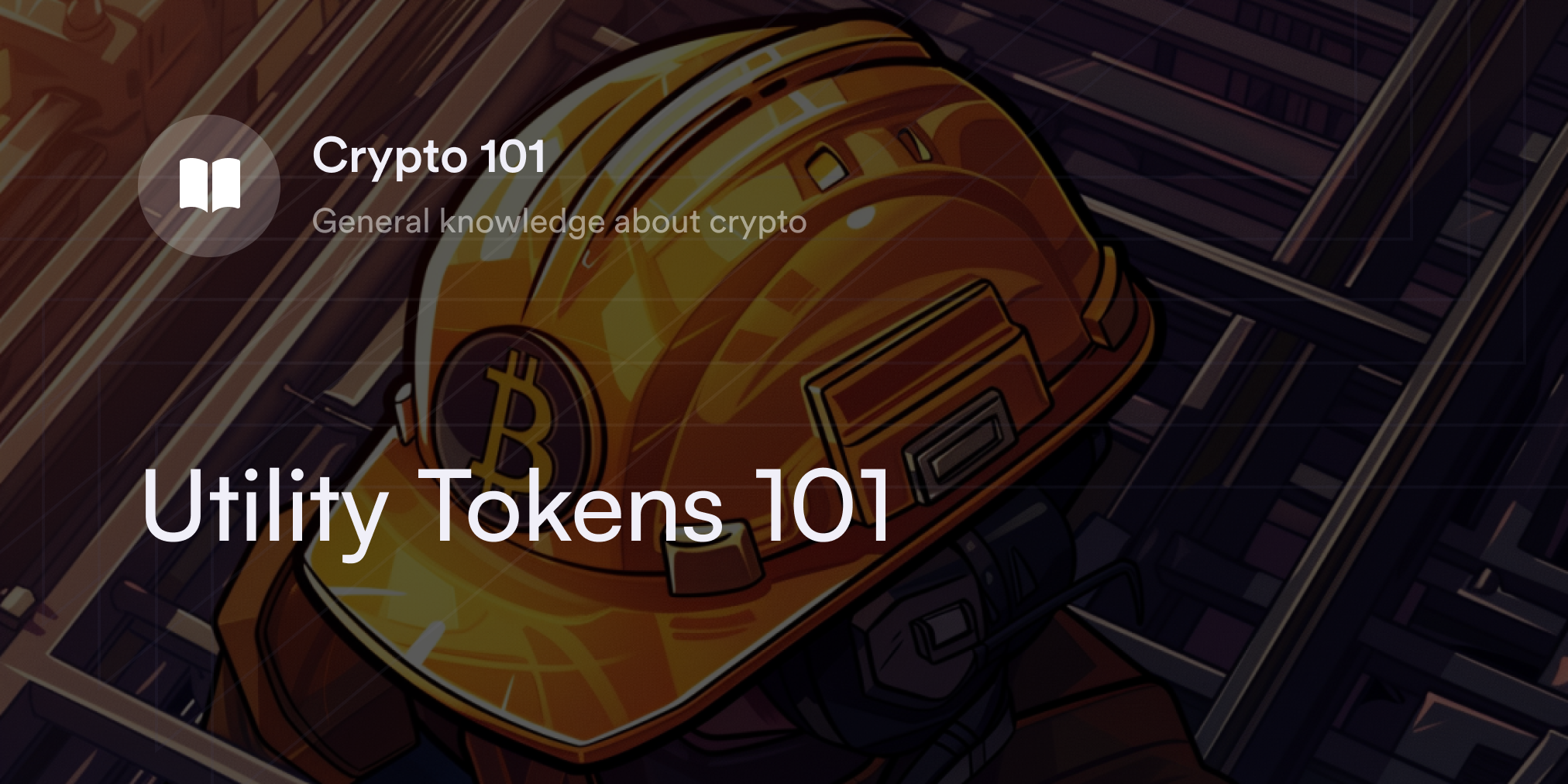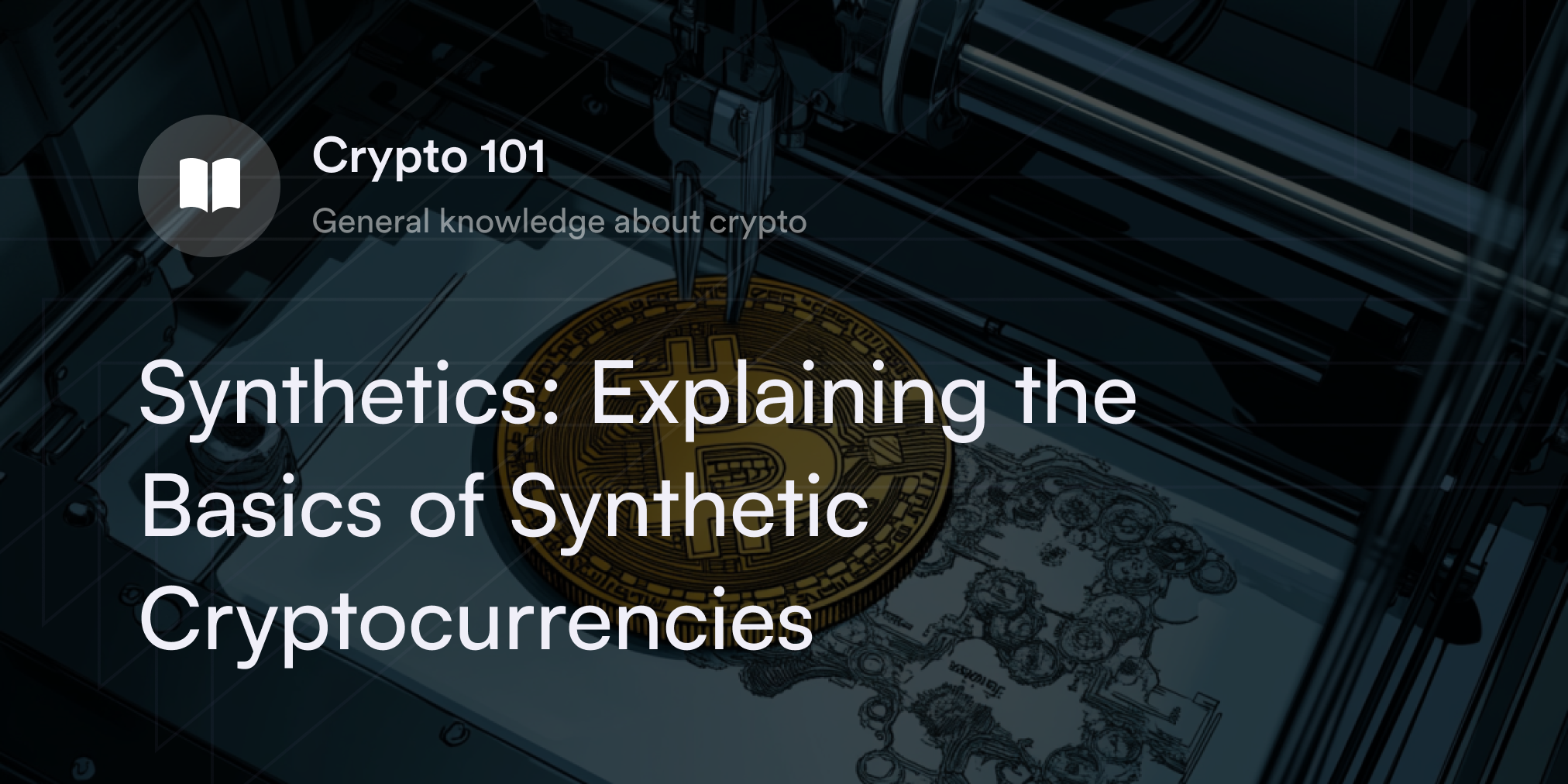


Cryptocurrencies not only open new and exciting financial possibilities, but they also give scammers novel ways to swindle innocent traders. Since 2020, crypto scam activity has skyrocketed almost 900%, with people losing billions of dollars yearly. On average, the Federal Trade Commission (FTC) estimates individual traders lose at least $2,600 in fraudulent cryptocurrency schemes.
With thousands of crypto tokens and coins on the market, distinguishing between legit currencies and phony projects is becoming increasingly difficult. There are, however, a few red flags that indicate some cryptocurrencies aren’t all they claim to be. Learning how to identify fake cryptocurrency is crucial to proactively avoid falling prey to fraud.
What are Crypto Scams?
A crypto scam is any deceitful crypto project or enterprise designed to trick and exploit traders. Crypto scammers use a wealth of techniques to steal money or valuable information, but most of these strategies center around false promises about a cryptocurrency. These fake cryptocurrencies are sometimes real virtual assets on decentralized computer networks (aka blockchains), but there’s something off in their design.
For instance, programmers may deliberately write malicious code into a fake cryptocurrency, which only allows the developers to sell the coin or token on the crypto market. One famous example is 2022’s SQUID token––an anonymous group released the token based on the hit Netflix series “Squid Game.” Soon after purchasing SQUID tokens, traders noticed they couldn’t sell their crypto, as SQUID’s creators allegedly designed their tokens so only they had the power to dump them on the market. Once the price of SQUID shot to the moon, the project’s founders sold everyone’s SQUID tokens and allegedly made off with $3.38 million.
In other cases, a fake cryptocurrency isn’t even on a blockchain network. For example, OneCoin promised to be a new version of Bitcoin (BTC), but the OneCoin cryptocurrency was always centrally controlled by OneCoin Ltd. Therefore, traders who bought into OneCoin expecting a decentralized digital asset allegedly never received a literal cryptocurrency in their digital wallets. Between 2014 and 2016, traders sent roughly $4 billion to OneCoin Ltd to receive educational materials and the promise to “mine” OneCoins in the future. Later investigations into OneCoin Ltd discovered the company was allegedly a fraudulent pyramid investment scheme where the company’s leaders passed on gains from early traders to new OneCoin buyers.
Whether a fake cryptocurrency is on a blockchain like SQUID or a total alleged sham like OneCoin, all these projects aren’t what they appear to be. Either developers write malicious code into their project or falsify information about a cryptocurrency’s use cases and goals. If a cryptocurrency’s creators deliberately lie to the public, it qualifies as a fake crypto project.
How to Identify Fake Cryptocurrency
At first glance, telling the difference between an authentic cryptocurrency and a sham token isn’t always easy. But it’s not impossible––with thorough research on a crypto project, anyone can see warning signs highlighting the crypto isn’t all it’s cracked up to be. To help avoid crypto scams, here are some helpful tips to put into practice:
Investigate a cryptocurrency’s team members: Privacy is a hallmark feature of some cryptocurrencies, but you need to be extra cautious if a new crypto project doesn’t release details on its founders. Seeing the leadership team’s LinkedIn profiles and social media feeds improves trust and transparency in the crypto community.
Review the cryptocurrency’s white paper: A white paper explains a crypto’s goals, technology, and vision, making it a valuable document for you to review. High-quality white papers should also answer the foundational questions about a crypto project and have zero typos and grammatical errors.
See if a cryptocurrency has open-source code and audits: Crypto projects sometimes publish their code on open-source platforms like GitHub and work with third-party auditing firms to prove the security and authenticity of their projects. Professional audits and open-source code are good signs a cryptocurrency’s team places a high value on transparency.
Search social media platforms for spam messages: Crypto scammers use social media sites like Twitter, Telegram, and Discord to generate hype for fake cryptocurrencies. If you spot a lot of robotic or spam-sounding ads and messages on social media related to a new cryptocurrency, chances are the crypto project could be a rug pull.
Watch out for “guaranteed returns”: Any cryptocurrency claiming a specific return may not be legitimate. Be skeptical of high quoted ROI activities like staking when evaluating cryptocurrencies.
Be wary of “romance scams”: Love and Litecoin (LTC) don’t mix. Romance and dating sites are notorious for crypto scams, so block anyone who tries to bring Bitcoin into the bedroom!
How to Avoid Crypto Scams: A Fake Cryptocurrency Checklist
Doing plenty of research is always the first line of defense to avoid buying a fake cryptocurrency. There are, however, a few other safety tips to reduce the odds of trading a phony crypto project.
Look for official listings on crypto price aggregators: Websites like CoinMarketCap and CoinGecko track the prices of crypto assets and provide critical information about each coin or token. Legitimate cryptocurrency projects rarely refuse to post a page on these sites.
Stay updated with crypto news: Crypto scammers often shift tactics to avoid detection and get away with as many ill-gotten gains as possible. One way to stay abreast of current security alerts is to follow popular crypto news sites like CoinTelegraph, CoinDesk, and Decrypt.
Steer clear of small and unknown cryptocurrency exchanges: Crypto scammers often gravitate toward smaller trading platforms because most large crypto firms have rigorous screening standards for the cryptocurrencies they offer. Check before signing up for a crypto exchange with little information online and bad or no reviews.
Use a specific crypto wallet for new projects: Traders dabbling with small and exotic altcoins often use one wallet address for high-risk crypto tokens. While this doesn’t eliminate the threat of buying a scam token, it helps to minimize collateral damage to other cryptocurrencies if a hacker drains a user’s wallet.
How to Report Crypto Scams
To further prevent the spread of cryptocurrency scams, many government agencies welcome reports from the public on fake and fraudulent cryptocurrencies. Typically, it’s best for traders to send a report on malicious crypto projects to a local or federal department focused on cybercrime. For instance, the Internet Crime Complaint Center (IC3) has an online portal for U.S. traders to report suspicious activity in the digital currency sector. Similarly, the U.K.’s National Crime Agency, the Australian Cyber Security Centre, and the Canadian Anti-Fraud Centre are a few more examples of agencies dealing with crypto-related scams in their jurisdictions.
Authorities like the U.S. FTC also recommend people affected by a crypto scam reach out to the exchange where they bought a fraudulent coin or token.
Safeguard Your Satoshis with dYdX Academy
For more tips on crypto safety and in-depth educational articles on essential Web3 topics, visit our dYdX Academy. From properly installing crypto wallets and transferring tokens to avoiding threats like cryptojacking and pump and dump schemes, we have dozens of easy-to-understand crypto tutorials.
Also, dYdX offers eligible traders a secure decentralized exchange for those interested in trading crypto perpetual contracts. Find out news on our latest updates and features on the official dYdX blog, and eligible traders can start trading on dYdX today.
Disclaimer
The content of this article (the “Article”) is provided for general informational purposes only. Reference to any specific strategy, technique, product, service, or entity does not constitute an endorsement or recommendation by dYdX Trading Inc., or any affiliate, agent, or representative thereof (“dYdX”). Use of strategies, techniques, products or services referenced in this Article may involve material risks, including the risk of financial losses arising from the volatility, operational loss, or nonconsensual liquidation of digital assets. The content of this Article does not constitute, and should not be considered, construed, or relied upon as, financial advice, legal advice, tax advice, investment advice, or advice of any other nature; and the content of this Article is not an offer, solicitation or call to action to make any investment, or purchase any crypto asset, of any kind. dYdX makes no representation, assurance or guarantee as to the accuracy, completeness, timeliness, suitability, or validity of any information in this Article or any third-party website that may be linked to it. You are solely responsible for conducting independent research, performing due diligence, and/or seeking advice from a professional advisor prior to taking any financial, tax, legal, or investment action.
You may only use the dYdX Services in compliance with the dYdX Terms of Use available here, including the geographic restrictions therein.
Any applicable sponsorship in connection with this Article will be disclosed, and any reference to a sponsor in this Article is for disclosure purposes, or informational in nature, and in any event is not a call to action to make an investment, acquire a service or product, or purchase crypto assets. This Article does not offer the purchase or sale of any financial instruments or related services.
By accessing this Article and taking any action in connection with the information contained in this Article, you agree that dYdX is not responsible, directly or indirectly, for any errors, omissions, or delays related to this Article, or any damage, injury, or loss incurred in connection with use of or reliance on the content of this Article, including any specific strategy, technique, product, service, or entity that may be referenced in the Article.







